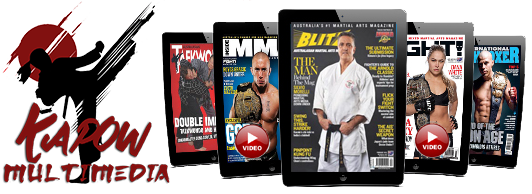RESOLUTIONS - Silvio Morelli
New Year’s Day is symbolic of wiping the slate clean, starting over and looking to the future. It gets most of us thinking positively about what we want to achieve in the year ahead and resolving to attain new goals.
So why do so many New Year’s resolutions go unfulfilled?
BY SILVIO MORELLI

As well as celebrating the past year and putting it behind us, New Year is about the potential of the year ahead and looking to what we can achieve with renewed vigour. But while it’s easy to be positive at our moment of resolution — surrounded by friends and champagne as the clock hits midnight — the real test comes when you return to work and ‘normal’ life.
How many of us start the year with grand plans and goals, but come the following year they seem just as far away, or have been forgotten altogether? It’s for this reason that evaluation and reflection is required. Ask yourself, why did I not achieve those things I wanted or needed? But rather than looking for excuses, we should look for reasons — not just in our daily lives and external circumstances, but inside ourselves. Only then can we begin to formulate strategies and plans to overcome these obstacles.
It may also be that our goals were too ambitious and we need to work out a more realistic timeline to achieve them. Trying to get there too fast can either cause us to neglect other areas in our lives or, because we aren’t making it happen as quickly as we hoped, lose motivation. As well as looking for practical reasons for our failings — occupational workload, injuries, cash flow, etc. — we should look more deeply to ensure there are not emotional reasons as well, fear being the most common. It’s important these are recognised and addressed, otherwise they will continue to sabotage our efforts.
Fears that prevent us reaching our goals are many: fear of leaving our friends behind, fear of failure and, most of all, fear of change, which means discomfort. These fears lurk in our subconscious, making roadblocks out of what are really just speed bumps. The most important thing is to stick to a plan. The trouble with most people’s planning is that they draw a picture of what they want then march on with little idea of how to achieve it. Instead, we must create a detailed plan of the framework and all the interconnected parts — the blueprint.
That is, how will the various elements of your life affect your goals, and vice versa? Ensure you consider all the obstacles, real and probable. Once the blueprint is done, a more detailed work plan can be devised, as you will know how all the elements can fit together most efficiently. You can then plan how the necessary steps will fit into your daily timetable. The problem is, most people simply don’t plan. Envisioning the finished product — like looking at a picture of the house you want — will help motivate you, but it doesn’t offer practical steps to get you there and eventually, it’s likely your goal will turn back into a dream — a step further back from becoming reality.
With all the distractions and demands of modern life, it’s easy to lose sight of our priorities and what we need to do.
This is where writing down our goals and reading them regularly helps us focus on the method and the completion of those small steps that lead to our goals, rather than the end result. Keeping shorter, changing lists of practical steps and time deadlines is useful for staying on track. However, such evaluation and reflection should be a constant habit. Every so often, look back and see what goals you reached and what you missed; evaluate how you are progressing in achieving longer-term goals.
Come January next year, don’t find yourself looking back on 2010 and realising that all those things you’d promised yourself or others this month, somehow fell by the wayside because you failed to plan and evaluate your progress. Happy training and all the best for 2010. □
Blitz Martial Arts Magazine, JANUARY 2010 VOL. 24 ISSUE 01, page 9













